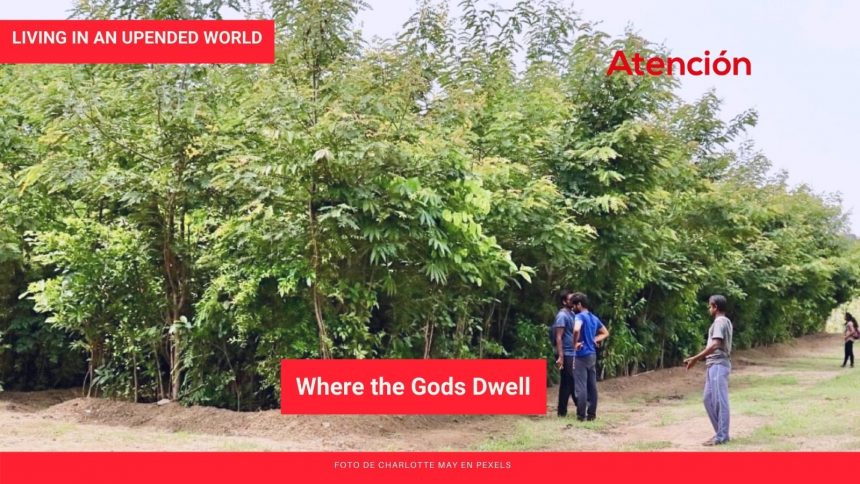By Natalie Taylor
Tiny dense forests are springing up as part of a movement to restore biodiversity and fight the climate crisis. The man behind the idea, 93-year-old botanist Akira Miyawaki, has been advocating the value of natural forests and the need to restore them. He noted how trees naturally seeded themselves around temples, shrines and cemeteries in Japan where they were left undisturbed because of the Japanese traditional belief that they are “forests where the gods dwell.” Eventually they become small self-sustained groves. Since the 1970s Miyawaki has been instrumental in the planting of multilayered protective forests composed entirely of native species. He and his colleagues have covered more than 1,300 sites in Japan, Asia and Europe. One great example of the restoration of land is on a cliff laid barren by dynamite to construct a nuclear power plant in Fukui, Japan. It is now a lush mini forest filled with native plants.
The Miyawaki forests are designed to regenerate land in far less time than it takes a regular forest to recover on its own. Saplings of native flora are planted close together, without use of chemicals or synthetic fertilizers. Because it’s new growth, sunlight can reach the forest ground, and it becomes covered by small plants and flowers which bring pollinating critters—snails, amphibians, grasshoppers, and butterflies. The diversity is also due to the fact that multiple species are planted in the first place. The miniature forests grow 10 times faster, become 30 times denser and 100 times more biodiverse than those planted by conventional methods. Although the new plants need considerable care during the first three years, once established they thrive unattended.
Many benefits come from these small patches of green. Their most important role is mitigating climate breakdown through an ecosystem that sequesters carbon. Scientists believe that we urgently need to replenish forests that have been lost to farmland due to deforestation. However, in and around urban areas, these groves offer welcome green spaces; they become noise buffers, lower temperature and support local wildlife.
The trend has caught on in Europe. In Belgium volunteers and local authorities planted 300 saplings on a strip of land along a busy road in 2016. Today the forest is three meters tall with the ground beneath a thick layer of humus–birds and butterflies abound. In 2018, along a highway on the edge of Paris, a group of 40 people gathered with 31 species of saplings. They covered a small area which had been prepared with compost from local horse stables. The now dense thicket fills its intended role—it reduces noise and filters air for the adjacent neighborhood.
Both of these examples show an additional and important aspect of these forests—they are a community effort intended for the benefit of the community. It is an awareness of the importance of green spaces on earth and our connectedness to the planet. If these green islands become common and proliferate, the global impact could be significant.

